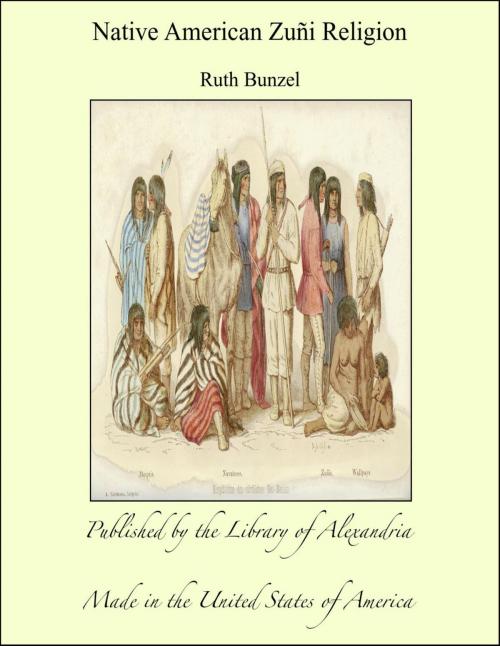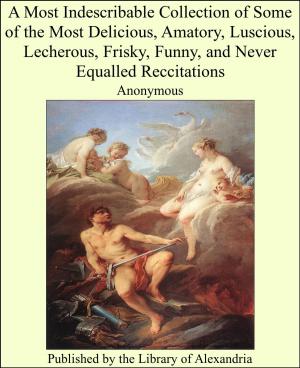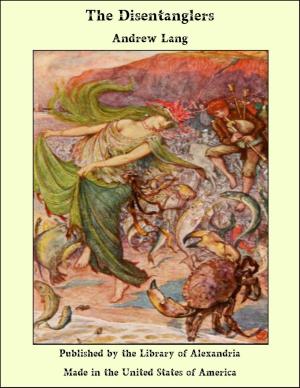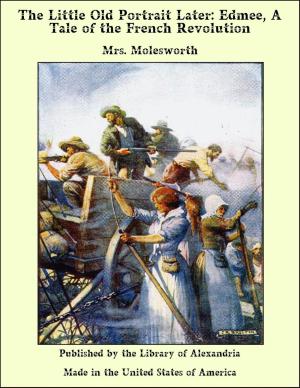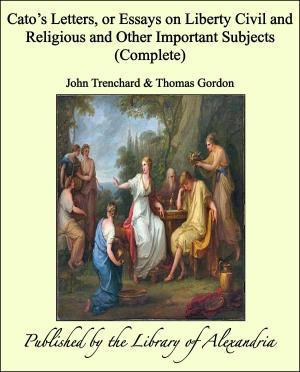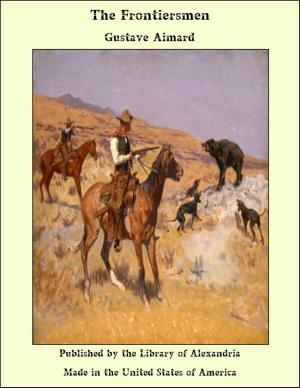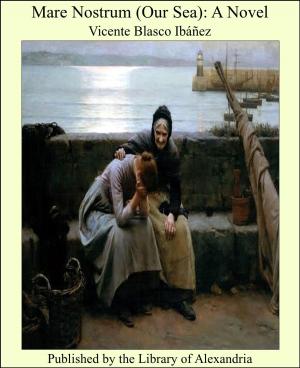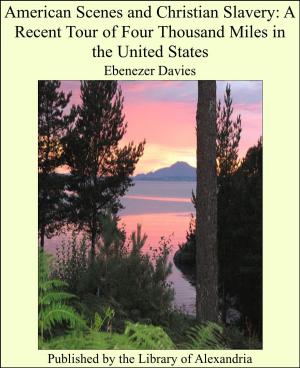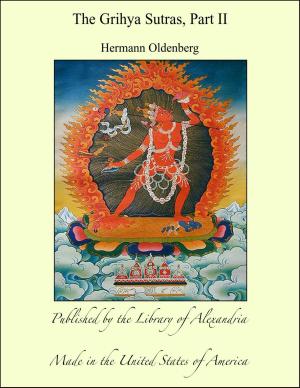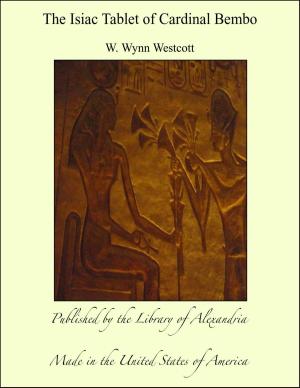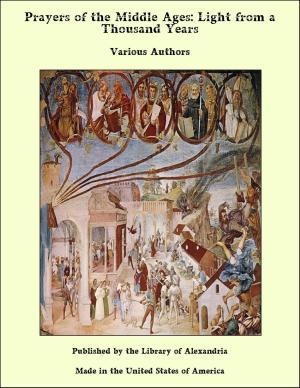Native American Zuñi Religion
Nonfiction, Religion & Spirituality, New Age, History, Fiction & Literature| Author: | Ruth Bunzel | ISBN: | 9781465573865 |
| Publisher: | Library of Alexandria | Publication: | March 8, 2015 |
| Imprint: | Language: | English |
| Author: | Ruth Bunzel |
| ISBN: | 9781465573865 |
| Publisher: | Library of Alexandria |
| Publication: | March 8, 2015 |
| Imprint: | |
| Language: | English |
Three English versions of Zuñi origin myths have already been published. Cushing published his "Outlines of Zuñi Creation Myths" (Thirteenth Annual Report of the Bureau of Ethnology) in 1891. The next published version is that contained in Mrs. Stevenson's monograph, and a third recorded by Dr. Elsie Clews Parsons appeared in the Journal of American Folk-Lore in 1923 (vol. 36: 135-162). The three versions placed side by side give one of the most striking examples of the great handicap under which the science of ethnology labors. All ethnological information comes to us through the medium of another mind, and, with data so complex and subtle as those of human civilization, no matter how clear and honest that mind is, it can absorb only what is congenial to it, and must give it out again through such means of expression as it may command. The Zuñis are as much preoccupied with the origins and early history of their people as were, for instance, the ancient Hebrews, and the three accounts are what might be gathered from any people by individuals of varying interests. Doctor Parsons, asking for "the" origin myth, got the basic account of the early history of the people which is generally current in folklore. The narration, of course, suffers in vividness and subtlety of expression from having been recorded through an interpreter. Mrs. Steven son's version is an attempt to give a comprehensive and coherent account of Zuñi mythology in relation to ritual. The Cushing version contains endless poetic and metaphysical glossing of the basic elements, most of which explanatory matter probably originated in Cushing's own mind.
Three English versions of Zuñi origin myths have already been published. Cushing published his "Outlines of Zuñi Creation Myths" (Thirteenth Annual Report of the Bureau of Ethnology) in 1891. The next published version is that contained in Mrs. Stevenson's monograph, and a third recorded by Dr. Elsie Clews Parsons appeared in the Journal of American Folk-Lore in 1923 (vol. 36: 135-162). The three versions placed side by side give one of the most striking examples of the great handicap under which the science of ethnology labors. All ethnological information comes to us through the medium of another mind, and, with data so complex and subtle as those of human civilization, no matter how clear and honest that mind is, it can absorb only what is congenial to it, and must give it out again through such means of expression as it may command. The Zuñis are as much preoccupied with the origins and early history of their people as were, for instance, the ancient Hebrews, and the three accounts are what might be gathered from any people by individuals of varying interests. Doctor Parsons, asking for "the" origin myth, got the basic account of the early history of the people which is generally current in folklore. The narration, of course, suffers in vividness and subtlety of expression from having been recorded through an interpreter. Mrs. Steven son's version is an attempt to give a comprehensive and coherent account of Zuñi mythology in relation to ritual. The Cushing version contains endless poetic and metaphysical glossing of the basic elements, most of which explanatory matter probably originated in Cushing's own mind.
